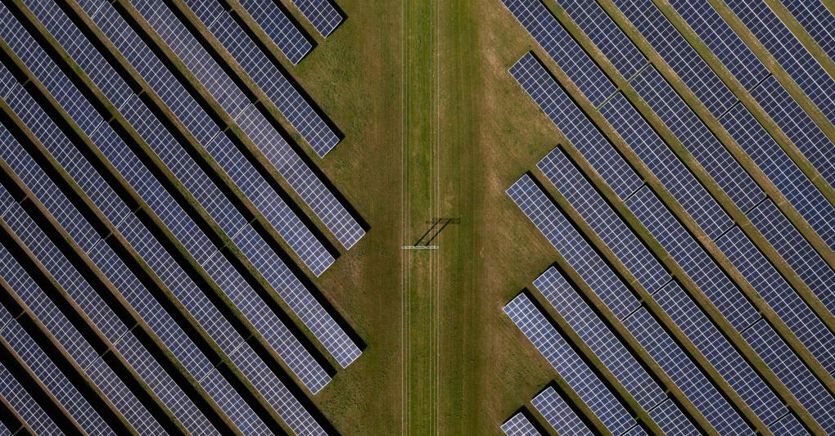Only the Swedes are better than us in the use of renewable energies. This is what emerges from the Ispra report “Efficiency and decarbonization indicators in Italy and in the biggest European countries”, 2023 edition. Reading the document, it then turns out that in Italy, the consumption of energy per unit of GDP, in the period from 2005 to 2021 is reduced by 16%, while greenhouse gas emissions per unit of GDP are reduced by 27.2%. In the same period, in an almost analogous way, greenhouse gas emissions per unit of energy consumed decreased in all the main productive sectors: from -6.6% for agriculture to -14.1% for industry. Energy and economic efficiency therefore increase, emissions are reduced and decarbonisation grows also due to the use of energy produced from renewables.
Sweden and Italy
“Italy is second only to Sweden among the main European countries, in terms of share of gross domestic consumption of energy from renewable sources”, reads the Ispra document. The national share of renewable energy in gross domestic consumption is equal to 19.4% in 2021, while the European average is 17.7%. From the analysis of the indicators, Italy’s good performance emerges on the international scene and in comparison with other countries.
Specifically, “the Italian energy system has high energy and economic efficiency – reads the report -: energy intensity, expressed in terms of gross domestic energy consumption per unit of GDP, is among the lowest in the main countries Europeans, 91.5 tonnes of oil equivalent against 107.4 of the 27 countries of the European Union in 2021”.
National greenhouse gas emissions per unit of gross domestic energy consumption are higher than the European average (2.72 tonnes of CO2 equivalent) against 2.45 for EU countries), a figure which for the researchers is determined “by contribution of a non-negligible share of energy of nuclear origin still present in Europe”.
1995-2021
Over the period 1995-2021, the growth of emissions has generally been slower than that of the economy. To play a fundamental role, as the researchers point out, “the replacement of fuels with a higher carbon content, which took place mainly in the sector of electricity production and in industry, combined with the increase in the share of energy from renewable sources”.
